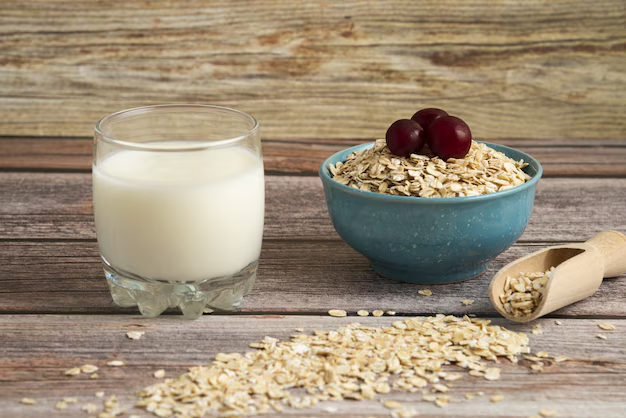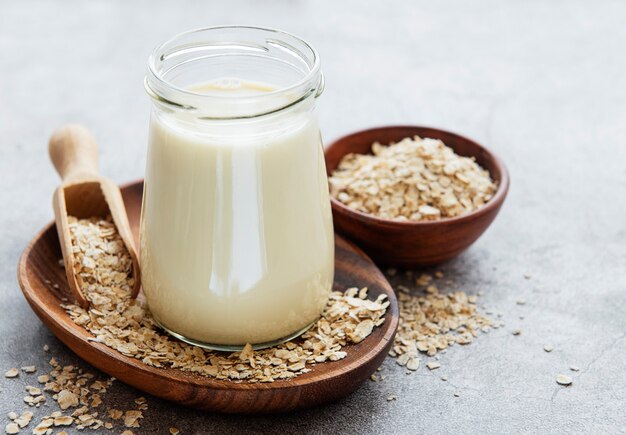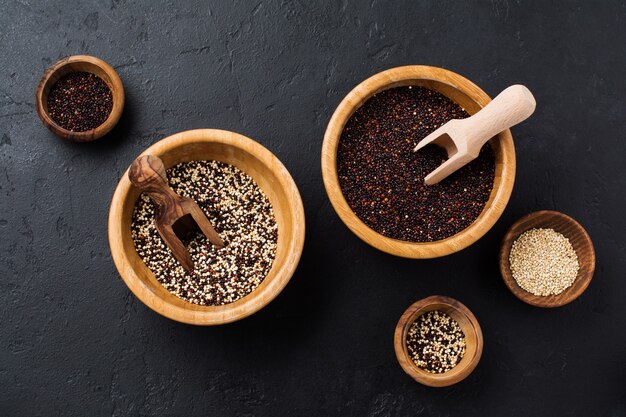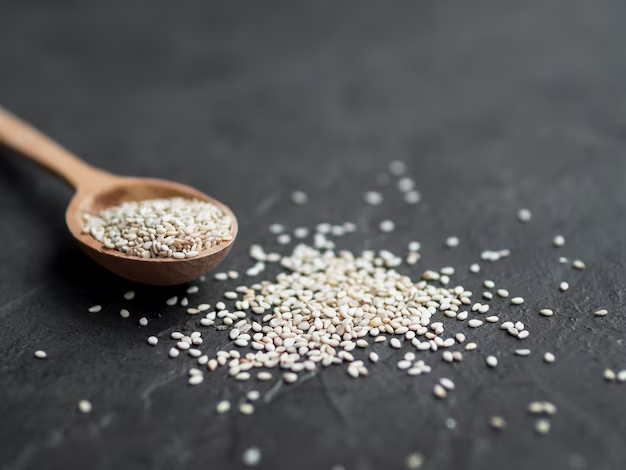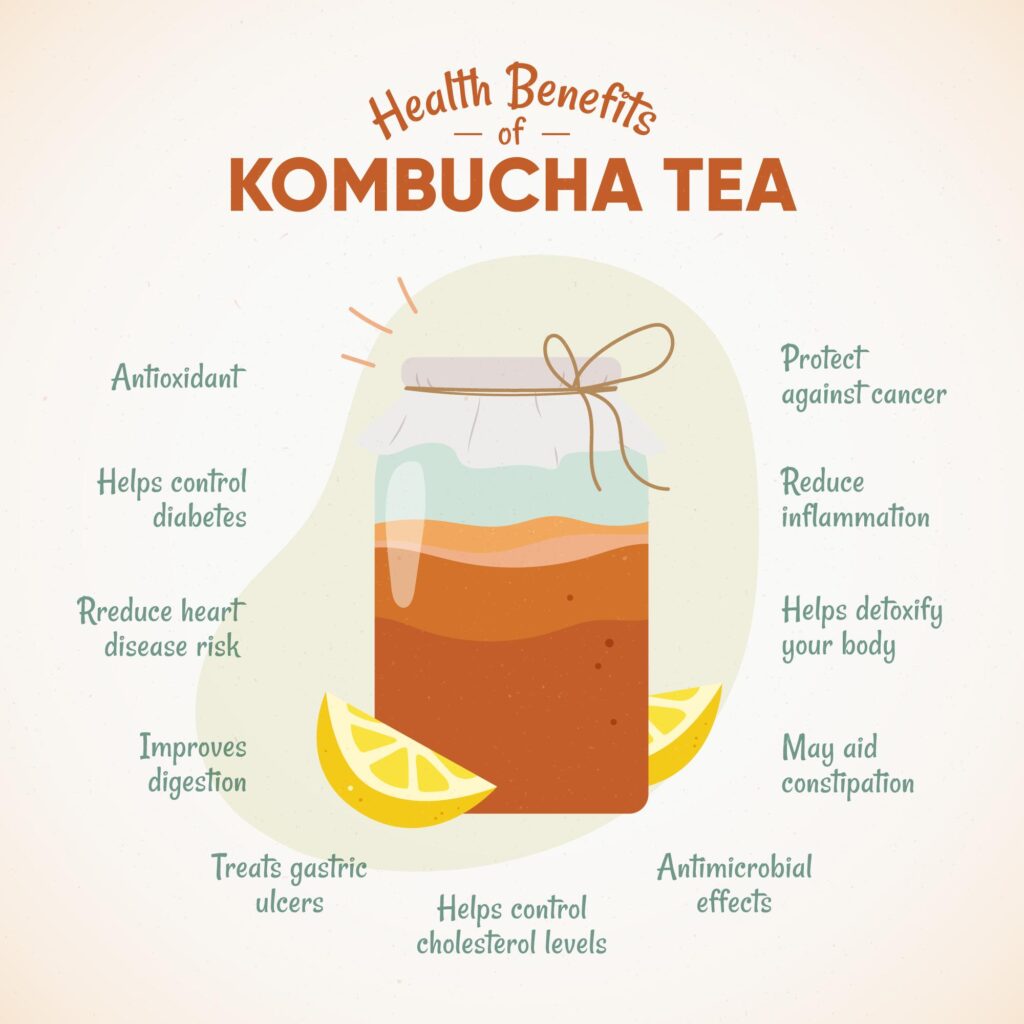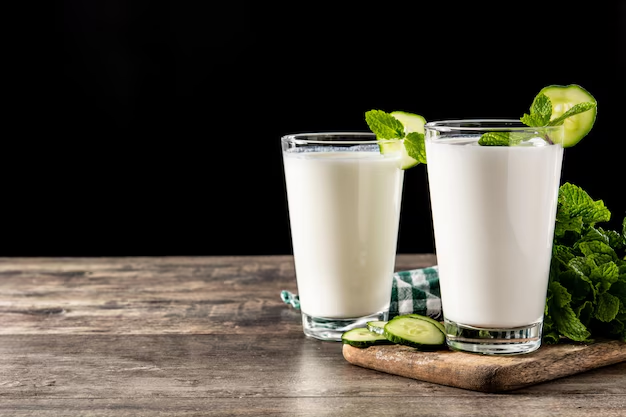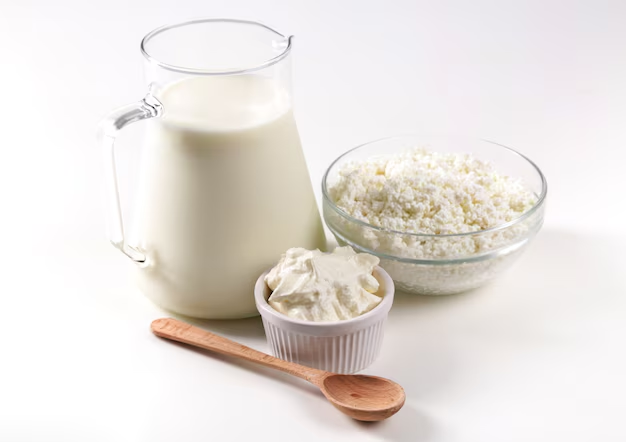Miso soup is a beloved staple of Japanese cuisine, celebrated for its comforting flavor and cultural significance. Made with a savory blend of miso paste and dashi broth, this traditional dish has been cherished for centuries. Beyond its delicious taste, many people wonder, is miso soup healthy?
The answer is a resounding yes. Packed with essential nutrients, miso soup offers numerous health benefits. In this article, we’ll explore what makes miso soup so unique, break down its ingredients, and uncover its impressive nutritional profile.
What Is Miso Soup?
Miso soup is a traditional Japanese dish that combines umami flavors with wholesome ingredients. It’s enjoyed worldwide for its simplicity and versatility. Each bowl reflects the harmonious balance of taste and nutrition.
Ingredients of Miso Soup
The key components of miso soup contribute both to its flavor and its health benefits:
- Miso Paste: The heart of the dish, made from fermented soybeans. It’s rich in probiotics and adds a salty, savory depth.
- Dashi (Broth): A light stock typically made from kombu (seaweed) and katsuobushi (fermented fish flakes). It’s low in calories but full of umami.
- Tofu: A plant-based protein source that’s soft and nutrient-dense.
- Seaweed: Commonly wakame, which is a source of iodine and antioxidants.
- Green Onions: Add freshness and a mild onion flavor, while providing vitamins like vitamin C.
Types of Miso Paste
Miso paste comes in different varieties, each with its own unique taste and nutritional properties:
- White Miso (Shiro): Mild and slightly sweet, it’s ideal for lighter soups.
- Red Miso (Aka): Aged longer, it has a stronger, saltier flavor. It’s rich in nutrients due to its fermentation.
- Mixed Miso (Awase): Combines the best of white and red miso, offering a balanced taste.
Each type of miso brings its own character to the soup, enhancing its versatility.
Nutritional Profile of Miso Soup
Miso soup is more than a warm, comforting dish; it’s a nutritional powerhouse. It provides essential macronutrients and micronutrients that support overall health.
Macronutrients
Miso soup contains a balanced mix of macronutrients:
- Protein: The soybeans in miso and the tofu provide a plant-based protein source. This makes it a great addition to vegetarian diets.
- Carbohydrates: These come primarily from the miso paste. The fermentation process makes them easier to digest.
- Fats: Miso soup is naturally low in fat, with any fats present being heart-healthy unsaturated fats.
Micronutrients
Miso soup is also rich in vitamins and minerals:
- B Vitamins: Vital for energy production and overall cellular health.
- Vitamin K: Found in seaweed, it plays a key role in blood clotting and bone health.
- Minerals:
- Manganese and Zinc: Support immune function and metabolism.
- Iodine: Essential for thyroid function, sourced from the seaweed.
Together, these nutrients make miso soup a nourishing choice that benefits the body in many ways.
Related to Read: Chili’s Potato Soup Recipe
Health Benefits of Miso Soup
Miso soup is more than just a comforting dish—it’s a nutrient-rich addition to a balanced diet. Its unique combination of ingredients offers numerous health benefits, making it a great choice for promoting overall wellness. Let’s explore some of the key advantages.

Supports Digestive Health
Miso paste is made through the fermentation of soybeans, a process that produces probiotics. These beneficial bacteria, such as Lactobacillus, help maintain a healthy gut microbiome.
- Probiotics: Aid digestion and improve nutrient absorption.
- Seaweed: Contains soluble fiber, which promotes regular bowel movements and supports gut health.
A bowl of miso soup is a soothing way to boost digestion and enhance gut health.
Strengthens the Immune System
Miso soup’s ingredients contain nutrients that enhance the immune system:
- Zinc and Selenium: Found in miso, these minerals are crucial for immune function.
- Antioxidants: Seaweed contains compounds that combat free radicals, reducing oxidative stress.
- Probiotics: Help regulate the immune system by promoting gut health.
By consuming miso soup regularly, you can strengthen your body’s natural defenses.
Promotes Heart Health
Miso soup can contribute to cardiovascular wellness. Here’s how:
- Low in Saturated Fat: Tofu and miso paste contain heart-friendly fats.
- Iodine: Seaweed supports healthy thyroid function, which indirectly impacts heart health.
- Isoflavones: Compounds in soy can help lower bad cholesterol (LDL) and improve blood pressure.
These properties make miso soup a heart-healthy choice for regular consumption.
Boosts Energy Levels
The vitamins and minerals in miso soup contribute to sustained energy:
- B Vitamins: Vital for converting food into energy.
- Iron: Supports oxygen transport in the blood, reducing fatigue.
This makes miso soup an excellent addition to your diet when you need a natural energy boost.
Supports Bone Health
Miso soup contains nutrients that promote strong and healthy bones:
- Calcium and Vitamin K: Found in tofu and seaweed, these nutrients are essential for bone density.
- Manganese: Plays a role in bone formation and maintenance.
Regularly consuming miso soup can help reduce the risk of osteoporosis and support overall bone strength.
May Aid Weight Management
Miso soup is low in calories but high in nutrients, making it a satisfying addition to a weight-conscious diet.
- High Water Content: Helps you feel full, reducing the chances of overeating.
- Protein and Fiber: Promote satiety and stabilize blood sugar levels.
Including miso soup in your meals is a simple way to enjoy delicious food while managing your weight.
Potential Cancer-Preventive Properties
Some studies suggest that miso may offer protective effects against certain cancers.
- Isoflavones and Saponins: Found in soy, these compounds have anti-cancer properties.
- Antioxidants in Seaweed: Help neutralize harmful free radicals, reducing cell damage.
Although more research is needed, miso soup shows promise as a supportive food in cancer prevention.
Related to Read: Vitamix Soup Recipe
Potential Health Considerations
While miso soup offers numerous health benefits, it’s important to consider some potential drawbacks. Being aware of these factors can help you make informed choices about how often and how much to consume.
Sodium Content
One of the primary concerns with miso soup is its high sodium content.
- Miso Paste: Contains significant amounts of salt, which is essential for its flavor and preservation.
- Sodium Levels: A typical serving of miso soup can provide up to 600-1,000 mg of sodium, which is a substantial portion of the daily recommended limit.
How to Moderate Sodium Intake:
- Opt for low-sodium miso paste or reduce the amount used in recipes.
- Balance your diet with other low-sodium meals to avoid excessive intake.
- Drink plenty of water to support healthy sodium levels.
While sodium is necessary for the body, overconsumption can contribute to high blood pressure and other cardiovascular issues.
Allergies and Sensitivities
Miso soup contains ingredients that may trigger allergies or sensitivities in some individuals:
- Soy Allergies: Soy is the primary ingredient in miso paste and tofu. Those with soy allergies should avoid miso soup or seek soy-free alternatives.
- Gluten Sensitivity: Some miso pastes contain barley or wheat, making them unsuitable for those with gluten intolerance or celiac disease. Always check the label for gluten-free options.
- Seaweed Sensitivity: Although rare, some people may experience mild allergic reactions to seaweed.
If you’re uncertain, consult a healthcare provider or allergist before adding miso soup to your diet.
Incorporating Miso Soup into a Healthy Diet
Miso soup is a versatile dish that fits well into various dietary plans. To maximize its health benefits, you can follow some simple strategies.
Serving Suggestions
Miso soup is perfect as a starter or a light meal. Here’s how to enjoy it as part of a balanced diet:
- Pair It With Vegetables: Add leafy greens, mushrooms, or root vegetables for extra nutrients.
- Include Lean Proteins: Shrimp, chicken, or additional tofu can make it more filling.
- Combine With Whole Grains: Serve alongside brown rice or quinoa for a complete meal.
- Use Moderation: Keep portion sizes moderate, especially if you’re watching your sodium intake.
Customizing your miso soup can enhance its nutritional value and make it a wholesome part of your diet.
Homemade vs. Store-Bought Miso Soup
When deciding between homemade and store-bought miso soup, it’s essential to consider the differences in nutritional quality:
- Homemade Miso Soup: Allows for full control over ingredients. You can choose low-sodium miso paste, fresh vegetables, and high-quality dashi.
- Store-Bought Miso Soup: Often convenient but may contain preservatives, artificial flavors, and higher sodium levels.
Tip:
If you prefer store-bought options, check the ingredient list and nutrition label for healthier choices.
Related to Read: Shiitake Mushroom Soup Recipe
Conclusion
Miso soup is a nutritious and flavorful dish that offers a variety of health benefits. Rich in probiotics, vitamins, and minerals, it supports digestion, immunity, and overall wellness. However, it’s important to consume it in moderation due to its sodium content and potential allergens.
Incorporating miso soup into your diet can be a delightful way to enhance your health. Whether you make it at home or choose a store-bought option, this traditional Japanese soup is a versatile addition to a balanced lifestyle.
Frequently Asked Questions (FAQs)
Is miso soup good for weight loss?
Yes, miso soup is low in calories and high in nutrients, making it a great choice for weight management. It’s filling and can help curb hunger between meals.
Can I consume miso soup daily?
You can enjoy miso soup daily, but monitor your sodium intake. Opt for low-sodium miso paste and balance your diet with other low-sodium meals.
Is miso soup suitable for vegetarians or vegans?
Miso soup can be vegetarian or vegan if made with kombu-based dashi and without fish-based ingredients like katsuobushi. Check the recipe or label to ensure it meets your dietary preferences.
Does miso soup help with digestion?
Yes, the probiotics in miso paste and fiber from seaweed support a healthy digestive system by promoting gut-friendly bacteria and regular bowel movements.
Are there any side effects of eating miso soup?
Potential side effects include high sodium intake and allergic reactions to soy, gluten, or seaweed. Consume in moderation and choose gluten-free or low-sodium options if needed.




